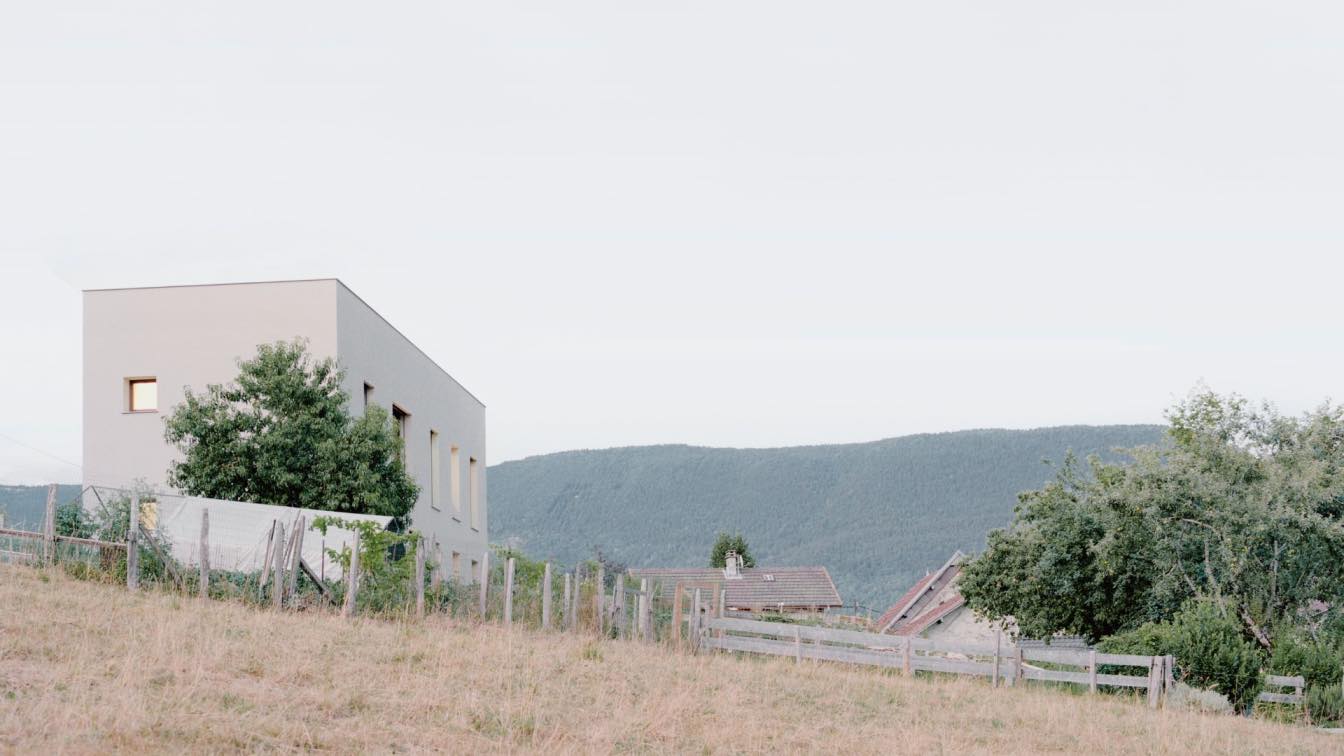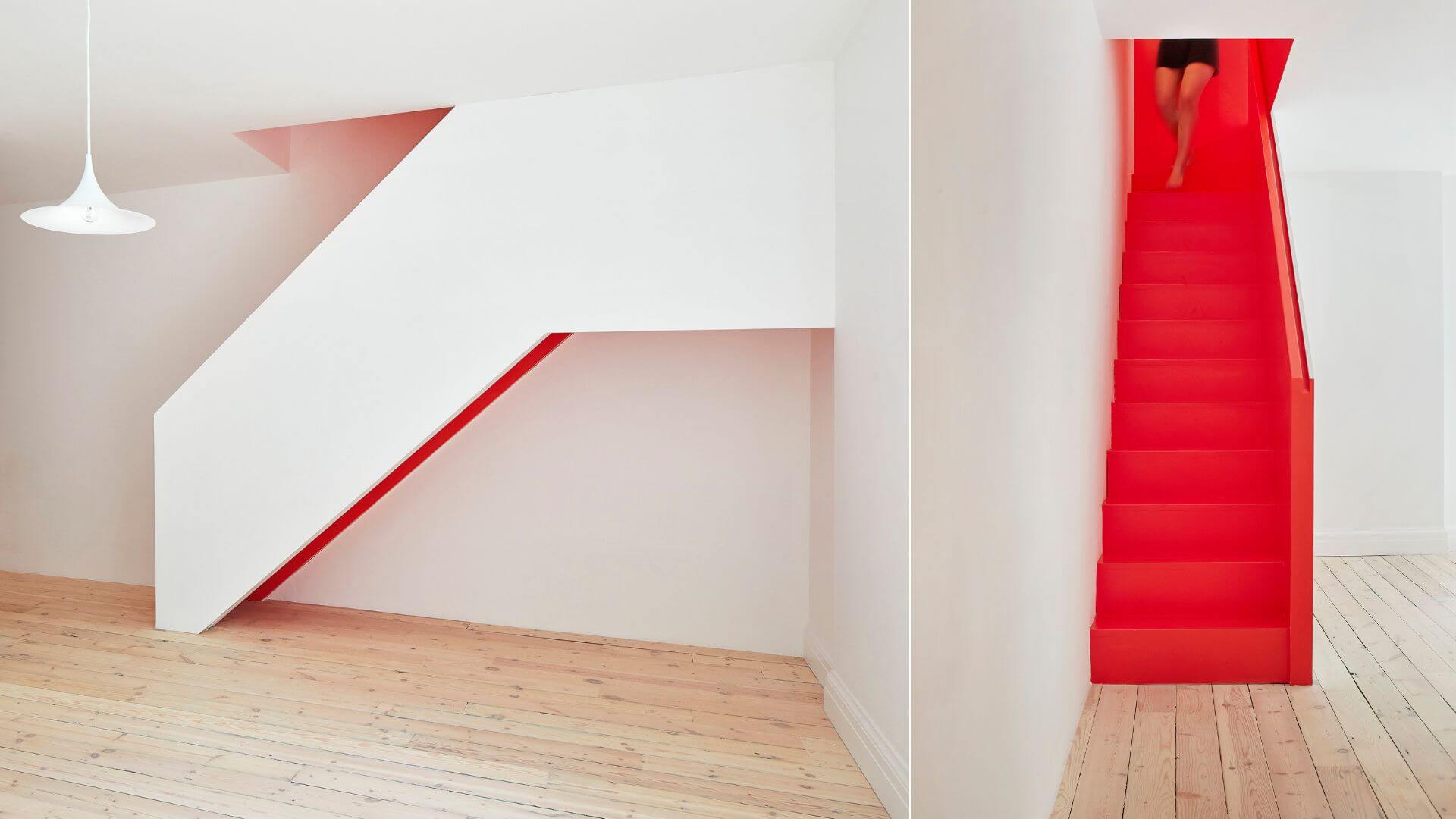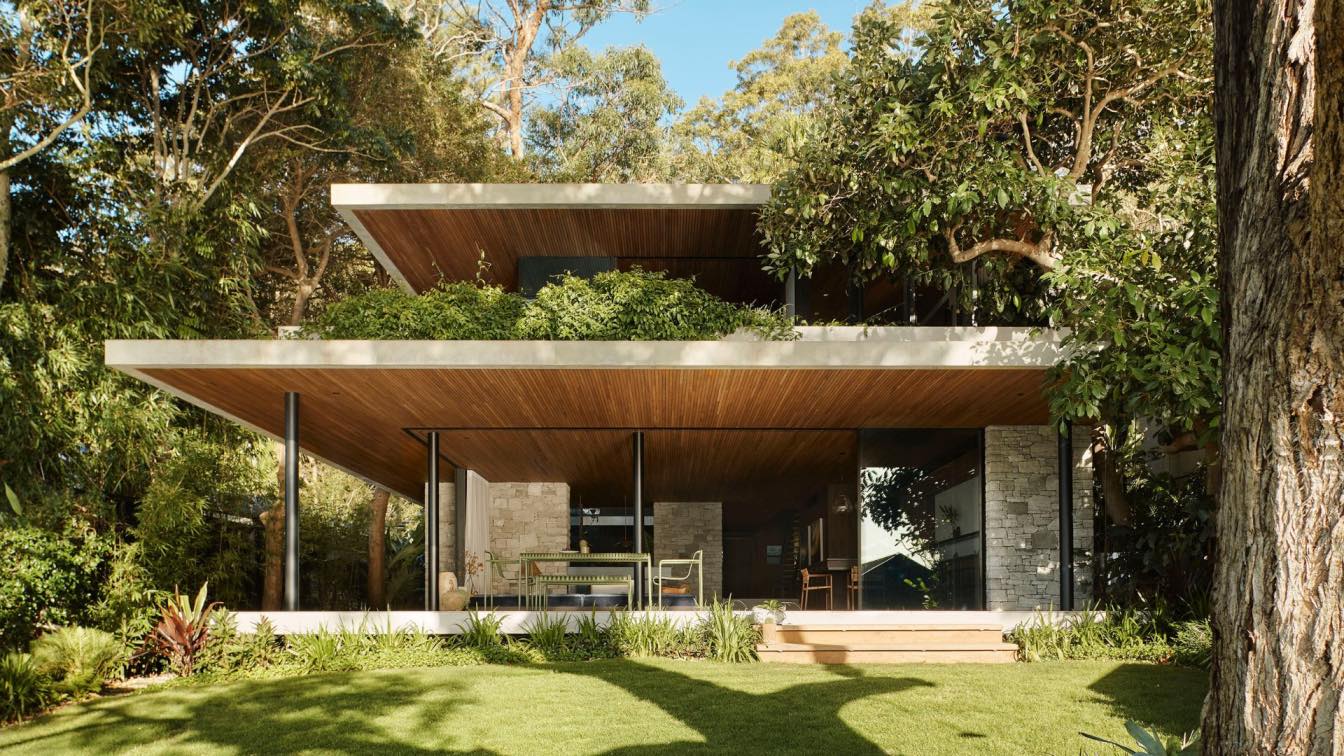Studio Razavi Architecture: This house was commissioned as a primary residence by a family of four moving to France from the UK. It is located in the lower Alps, a more rural landscape than ski-oriented regions.
The house needed to capture the surrounding landscape, provide generous spaces inside but appear contained from the outside. Our initial design (of a single pitched roof, reminiscent of 1950s regional constructions) was rejected despite several revisions & iterations, on the basis that all new construction had to have double pitched roofs to make them look more vernacular.
The building code however stated that under certain conditions of sustainable design, a flat roof would be allowed. We seized the opportunity to express the changing climate context (snow precipitation has become less frequent, flat roofs have therefore become a viable option from a structural point of view) and contribute to rejuvenating the Alpine design typology.

What was the project brief?
This house was commissioned as a primary residence by a family of four moving to France from the UK. It is located in the lower Alps, a more rural landscape than ski oriented regions. The house needed to capture the surrounding landscape, provide generous spaces inside but appear contained from the outside.
What were the key challenges?
Our initial design (of a single pitched roof, reminiscent of 1950s regional constructions) was rejected despite several revisions & iterations, on the basis that all new construction had to have double pitched roofs to make them look more vernacular.
What were the solutions?
The building code however stated that under certain conditions of sustainable design, a flat roof would be allowed. This is an all wood frame construction, highly insulated, using a wood pellet boiler with integrated louvers for heat gain control.
How is the project unique?
This project helped define a new typology by introducing a flat roof design. Because snow precipitations have become less frequent and heavy, the flat roof has become a viable option from a structural point of view. It helps rejuvenate the mountain design typology which tends to limit itself to mimic the vernacular.


















